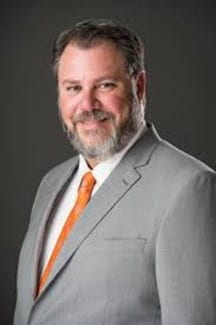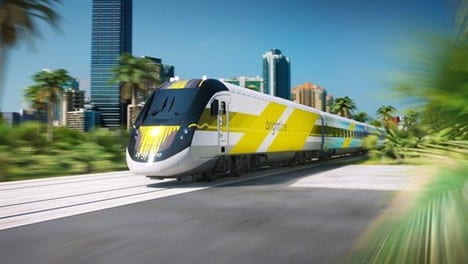Among the most relevant and pressing challenges facing the United States today is our crumbling American infrastructure. The situation is so dire that the American Society of Civil Engineers gives the US an overall grade of D+. Despite broad bipartisan support, the massive project scope, capital requirements, and time scale required of major infrastructure projects has prevented any meaningful public infrastructure improvement plan from coming to fruition. In addition, the climate is changing, and the world is nowhere near the carbon reduction goals laid out by the Paris Climate Accord. The less efficiently we move people and goods, the more it will hamper the US economy and the harder it will be to prevent lasting damage due to climate change. While public solutions will certainly be key in addressing these issues, the private sector is leaning forward to help.
Fortunately, Florida East Coast Industries (FECI), a privately held company, has been highly effective in completing a variety of infrastructure projects, despite the inherent challenges involved. They are the only major privately held company with an express passenger rail business. They have successfully converted former landfills into usable commercial spaces, adapted abandoned rail lines into urban parks, and have been involved in expanding the wireless infrastructure required for 5G.
A key member of Florida East Coast Industries Executive Team is Jose Gonzalez, Vice President of Corporate Development. Mr. Gonzalez first started in the Miami Zoning Department as a clerk before meeting a developer with Codina Group – where Mr. Gonzalez now leverages his experience in government at the intersection of policy and real estate. Codina would later be merged with FECI subsidiary Flagler, the namesake company of John D. Rockefeller’s business partner, Henry Flagler. Flagler owned numerous railroad assets and has opened up opportunities for several projects including Ludlam Trail, a rail corridor running through Miami. (The project is partially modeled after the highly successful Atlanta Beltway and creates ocean boardwalks, bike trails, and a wealth of other amenities.) However, not all of these rail assets have been converted to new uses.
A rendering of Miami’s Ludlam Trail.
As previously mentioned, FECI is the only major private company with a passenger rail business. Brightline, FECI’s rail subsidiary, has existing routes from Orlando to Miami as well as Los Angeles to Las Vegas with a number of plans for future expansion. Mr. Gonzalez described Brightline’s strategic goal as “to connect US cities that are too long to drive and too short to fly”. However, the image you should have is less New Jersey Transit and more Eurostar. The trains reach speeds of up to 125 miles per hour and have an array of amenities including complementary WiFi, lounge spaces, and seats that make first class on an airplane look miniscule. Of course, these projects did not come to fruition overnight and developing major infrastructure assets as a private company comes with its own set of challenges and advantages.
As a private company, FECI is unable to raise the considerable amount of funds required for a major infrastructure project at the same cost as the government—who they effectively view as competitors—since no other private commuter rails exist. However, this is an advantage in itself, as it removes financial risk from the public and places it in the hands of private activity bond investors. Ironically, a private company whose goal is to generate returns to investors may actually be better incentivized to provide high quality service than a publicly owned and operated railway. The Brightline train station in PortMiami contains two residential towers with more than 800 residential units as well as 200,000 square feet of restaurant and retail spaces. The impetus to provide superior service, and therefore superior returns, has also led Brightline to offer dynamic pricing and personalized services. This includes higher cost tickets for event specific rides which, for example, are timed to bring fans down to Miami Heat basketball games, or host family events like the Polar Express train ride. Meanwhile, morning commutes are priced more affordably so the train can serve the broadest population possible.
FECI’s Brightline passenger rail.
This is certainly not to say that private assets are the only solution to the infrastructure crisis in the US. However, Mr. Gonzalez made clear that private and public projects can complement one another as they did in at the PortMiami station where Brightline has an access agreement with the Miami’s commuter train, Tri Rail. Furthermore, the pace of policy change is often exceedingly slow, making a time intensive process unviable at times. Through collaboration with local authorities and policymakers, FECI is able to draft proposals that expedite the policy making process and benefit the public with minimal use of public resources. In Mr. Gonzales’ opinion—one formed through experience on both sides of the public-private divide—in order to create the greatest net benefit for all, we must leverage the creativity and dynamism of private industry alongside the existing infrastructure and policy authority of government.



